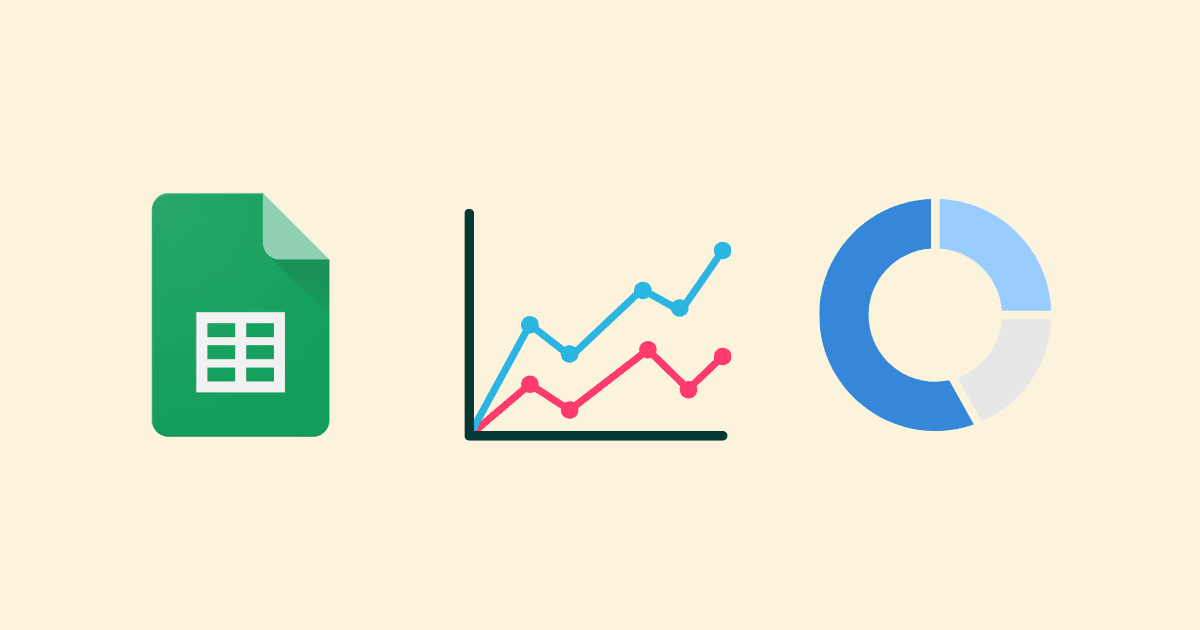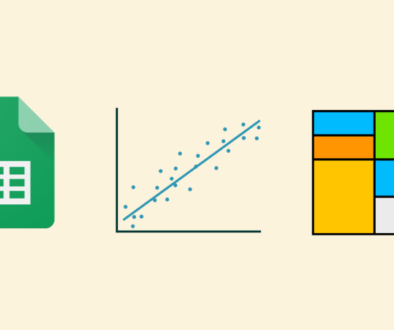Understanding Variables for Better Marketing
Find out how understanding marketing variables helps you analyse data, improve campaigns, and choose the right visualisations.
Every click, sale, and campaign is powered by data, and at the core of that data are variables. Variables are the building blocks of analysis. They help you understand performance, optimise campaigns, and even predict what’s next.
If you already familiar the fundamentals of variables, continue reading to learn why they matter. If you’re new to the subject, I suggest starting with this guide on the many kinds of variables.
What Are Marketing Variables?
Variables represent measurable characteristics or attributes in your data. In marketing, they could be anything from numbers and percentages to labels or categories.
Here are a few examples:
- The number of clicks on a campaign ads
- The region where those clicks occurred
- The budget you allocated for that campaign
Variables are what you measure, control, or observe to make sense of your marketing.
Why Variables Matter for Marketers
1. Tracking key metrics
Choosing the right variable allows you to focus on what truly affects performance. For example, tracking variables like audience segment, ad format, and landing page load time may help you pinpoint areas that need improvement if you want to increase conversions. The goal is to determine which factors affect your KPIs and then align them to your goals.
2. Effective Data Analysis
There are differences among variables, which directly affects the kinds of analysis that can be carried out.
- Calculations such as averages can be used to analyse a numerical variable (such as click-through rate).
- If your variable is a label, like the name of the city, you can focus on grouping or categorising and segment performance by geographic area.
Knowing the type of variable can help you make sure you’re using the appropriate statistical methods. It makes no sense to try to do a numerical calculation on a city name, just as it would take different processes to plot income (quantitative) on a bar chart than it would to plot consumer sentiment (qualitative).

3. Optimising Campaigns
Variables also reveal relationships, helping you understand what’s working and what isn’t. For example, tracking ad spend (independent variable) and conversion rates (dependent variable) might show a correlation, known as a relationship between variables.
It’s important to note that correlation isn’t causation. Just because higher ad spend coincides with more conversions doesn’t guarantee that spending more will always increase conversions.
4. Knowing What Visualisations to Use
Different types of variables call for different types of visualisations:
- Line Graphs: For quantitative continuous data like trends in revenue over time.
- Bar Charts: For quantitative discrete data like clicks per campaign.
- Pie Charts: For qualitative data like market share by region.

5. Powering Predictive Models
Predictive models depend on knowing the roles of your variables. Knowing whether a variable is independent or dependent, quantitative or qualitative, helps you use the correct approach for forecasting.
Here is a simple example: When projecting next month’s sales, your model takes into account independent variables such as ad spend, past sales data, and website traffic.
Depending on the variable type, you may select a specific model. For example:
- Simple linear Regression of quantitative variables such as purchases to predict revenue.
- K-Means Clustering for qualitative data such as customer preferences might help discover separate audience groupings.
How to Identify the Right Variables
Before you can effectively use variables, you need to know what you’re working with. Here’s how to get started:
1. Start with your goal.
What are you aiming to accomplish? Identifying your objective will help you focus on relevant variables.
If your goal is to boost conversions, focus on variables like:
- Landing page performance.
- Audience demographics.
- Ad frequency.
2. Ask the Right Questions
Define the role of each variable by asking:
- What am I controlling? (Independent variable)
- What am I measuring? (Dependent variable)
In an A/B test, your independent variable might be the ad creative, while your dependent variable is the click-through rate.
Use a Checklist or Framework
Refer to our Types of Variables guide to categorise and analyse marketing your data.
Understanding the variables of the metrics you’re looking at allows you to take the appropriate steps to improve your marketing. You will be able to easily generate visualisations, identify relationships, and better understand your marketing data.
